The books I would save from a fire!
There are about five or so cubic metres of books on the floor in front of me, and I have just been asked whether I can take on the July editorial. As you know, I take turns with Andreas, Giuseppe and Oliver to write the editorials, and this month it’s my turn.
However in 2014, as a birthday present for 2015 (!), Natalie and I promised Simo that we would at last clear the books off the floor; this is because Simo had threatened to sort them by colour and size, then distribute them around the bookcases on several floors, which would have meant I could never find them again.
Well, for most of my 5000 or so martial arts books, not finding them again would not really be any great loss. Most of them are only repetitions and variations on older and better books. Each time I clear them up – i.e. every two years, when new additions from Amazon make vacuum cleaning impossible and Simo distinctly unhappy – I think about taking leave of 80 % of them. But which ones? I am somebody who has never given a book away – however daft that sounds. I even have a shelf for the most nonsensical martial arts books, as I also collect those! I even give shelf-space to books about methods of knocking people down from a distance, without even touching them, even though this is the most arrant nonsense.
I could also approach the problem in a different way though:
If a fire broke out, or if for some reason I only had five minutes to rescue as many books as I can carry, which ones would I choose?
Let’s pretend that all my books are individual examples that cannot be replaced.
The sequence of books which I am about to select is only determined by the bookshelves I walk past:
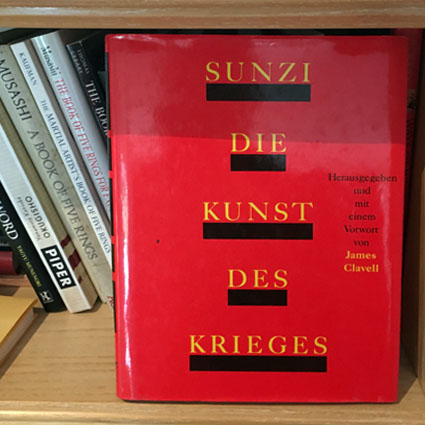 |
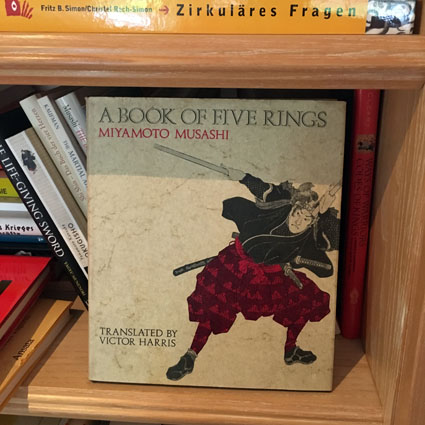 |
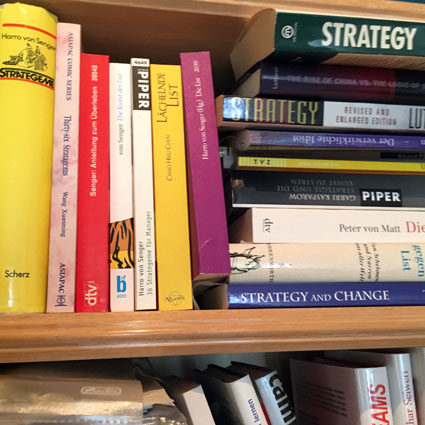 |
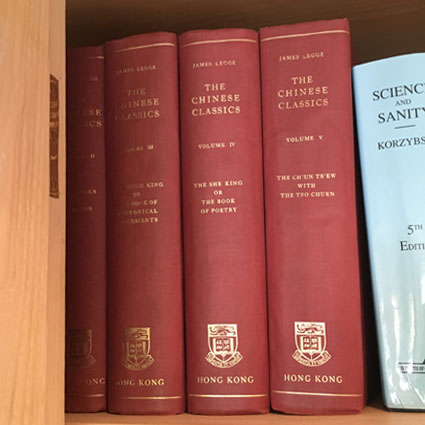 |
In my strategy department I grab Sun Szu’s “The Art of War”. I have various translations of this in different languages.
Not far from it I see the “Book of Five Rings” by Miyamoto Musashi. I take the first one in English.
Plenty of other strategy books also want to be saved, but I have to move on …,
… because a little further on I see five red must-have volumes, “Chinese Classics”, in the original and translated into English by James Legge.
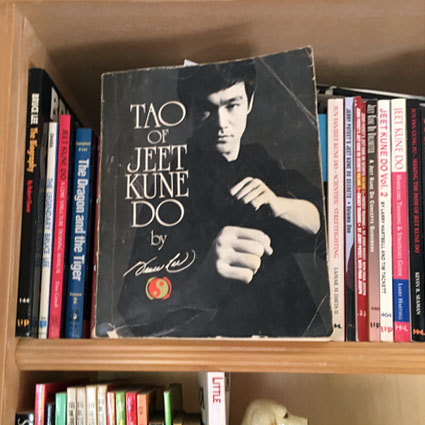 |
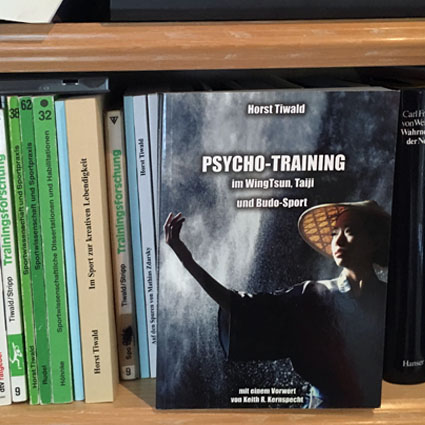 |
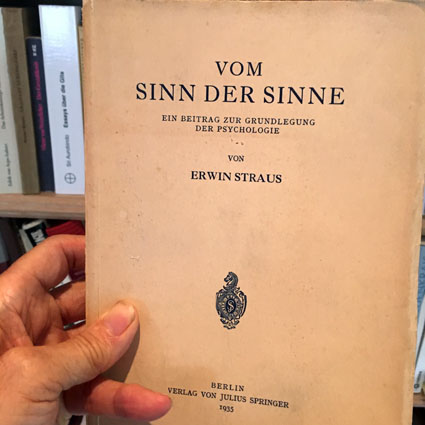 |
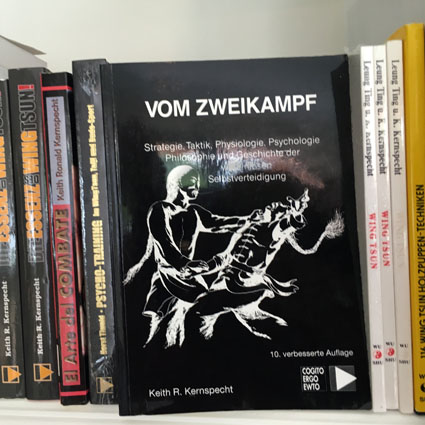 |
Naturally I can’t leave Bruce Lee's “Tao of Jeet Kune Do” to the flames either.
In passing I grab “Bruce Lee between Wing Chun and Jeet Kune Do” by my teacher Jesse Glover, Bruce Lee's first student.
“Psycho-Training in WingTsun, TaiChi and Budo Sports” by my mentor Prof. Horst Tiwald is also a milestone in my personal development.
“Vom Sinn der Sinne” (“The Sense of the Senses”) by Erwin Straus (1935) is one of the books I read with my mentor.
“On Single Combat” – Strategy, tactics, physiology, psychology and history of unarmed self-defence: the book with which I introduced our WingTsun in over 50 countries.
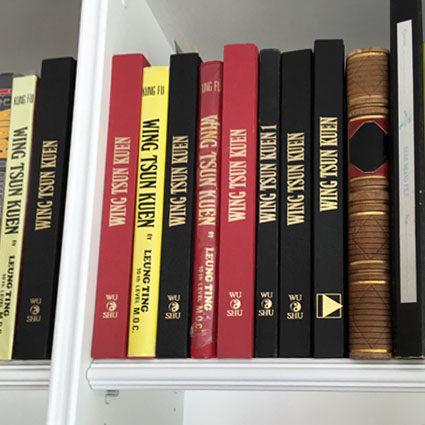 |
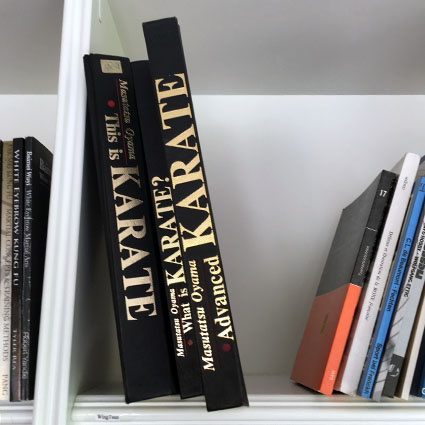 |
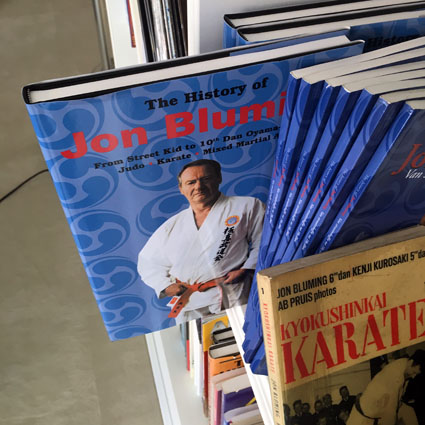 |
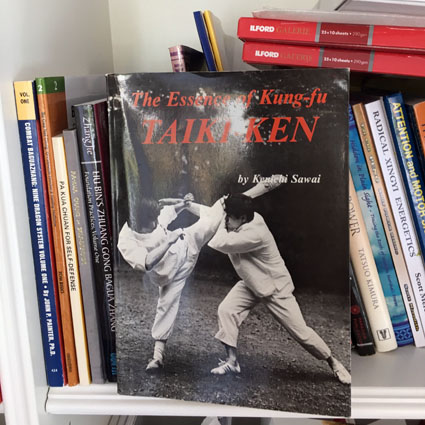 |
“Wing Tsun Kuen” by my SiFu, a masterpiece. The world’s first large and magnificent KungFu book.
And a few metres further on: the three works by my first martial arts idol Masutatsu Oyama, whose format and layout Sifu Leung Ting adopted for “Wing Tsun Kuen” after he had seen these three volumes in my home.
For various reasons my choice falls on one, “Advanced Karate”.
One of the reasons that comes into play is my Karate sensei Jon Bluming – his book “The History of Jon Bluming” is a merciless eye-witness assessment of the Karate, Judo and Aikido practiced in Japan in the 1950s and 1960s.
There are also associations with Oyama and Bluming in the Kempo book that came into my hands years after I learned this “formless” style from a Belgian (?) student on the Kiel University campus in the late 1960s: “The Essence of Kung Fu – TaiKi Ken” by Kenichi Sawai.
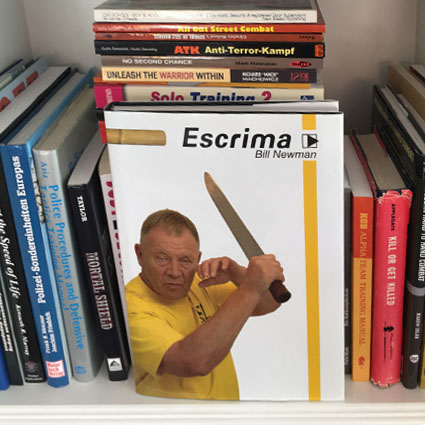 |
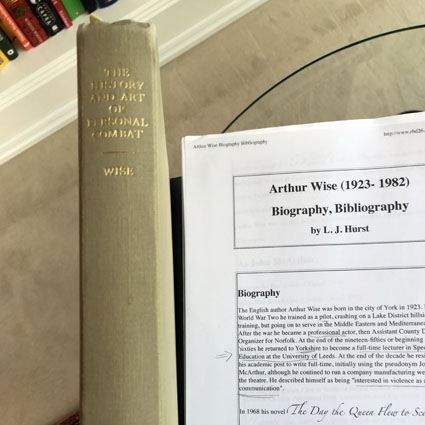 |
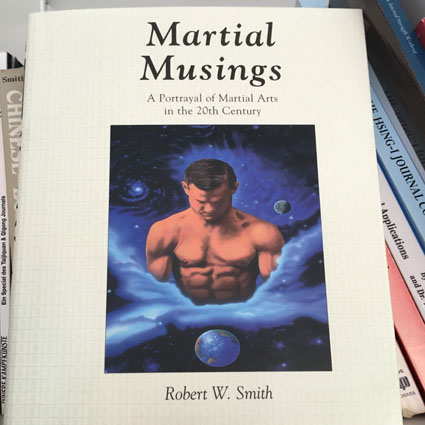 |
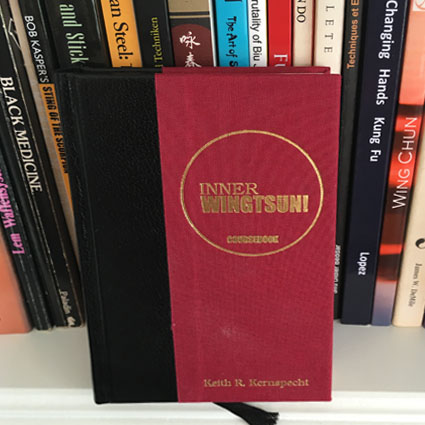 |
“Escrima” authored by my friend Bill Newman is not just a book, it is a shared journey through life.
“The History & Art of Personal Combat” by Arthur Wise is a treasure-trove of wisdom, and must be brought to safety.
“Martial Musings” by the great expert in inner Chinese styles and great writer Robert W. Smith, is also an association with Kaicho Bluming and now dead Chinese inner masters from whose students I was privileged to learn.
As I practice Inner WT, I can load quite a bit of weight onto my structure.
So I not only take my most important book, “Course Book: Inner WingTsun” and
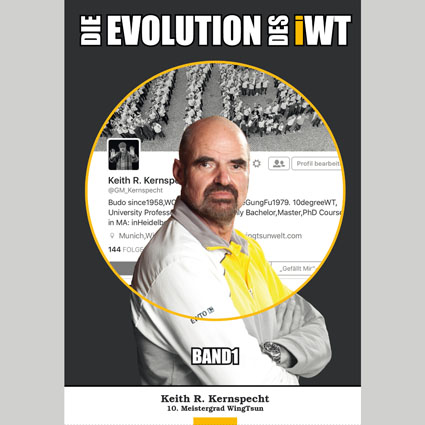 |
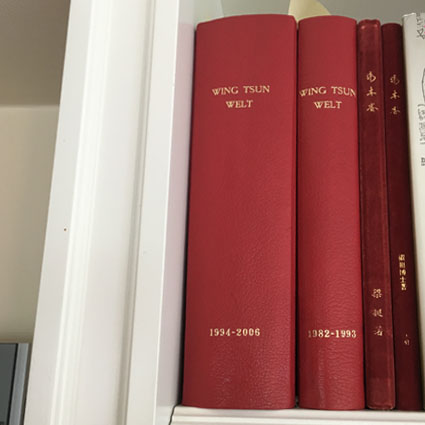 |
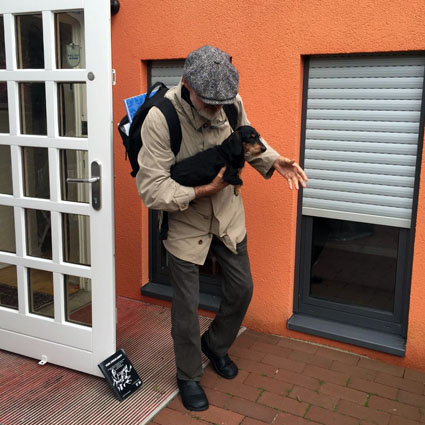 |
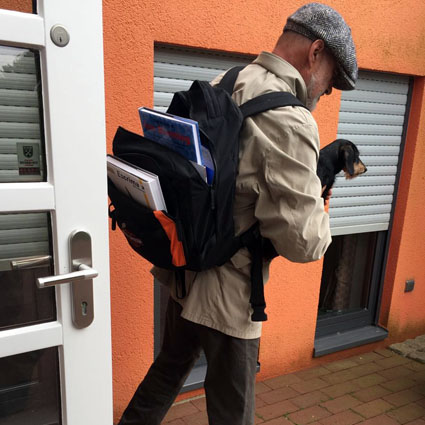 |
“Evolution of iWT” – Volume 1, which must not be left behind as it documents the development of Inner WT: it shows where everything comes from, the thoughts and movements, the concepts and ideas – which of them were rejected and which will remain the guiding themes, …
I also load the collected, bound editions of “WingTsun World” from No. 1 onwards onto my shoulders: the history of our EWTO.
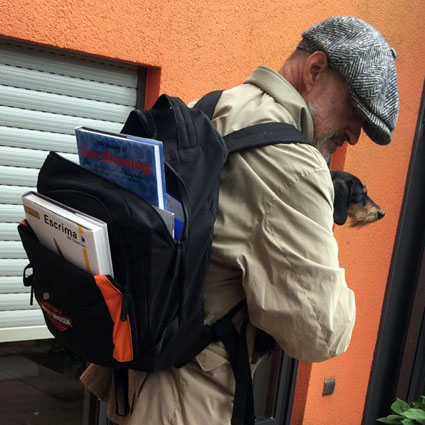
But now it’s high time I left the house!
Your SiFu/Sigung
Keith R. Kernspecht


